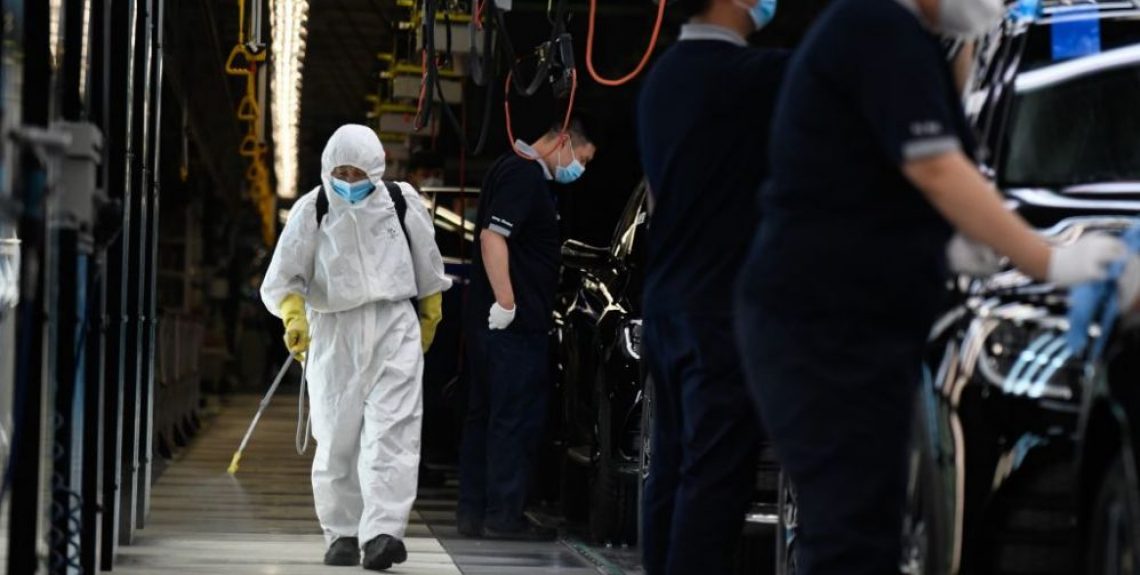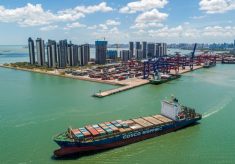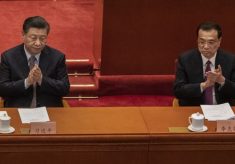
China is leading the charge for a global recovery

Share on
Elenoire Laudieri
Sinologist and Chief Analyst on Chinese Affairs at Nato Defense College Foundation. Foreign affairs writer for international magazines and publications.
Archive


China may be expanding its nuclear capabilities
29 July 2021

China urges India to ease border tensions
26 June 2021


China’s imports hit a decade high
30 April 2021

China sets its GDP target and HK priorities for 2021
27 March 2021

China, India and the vaccine diplomacy
28 February 2021


